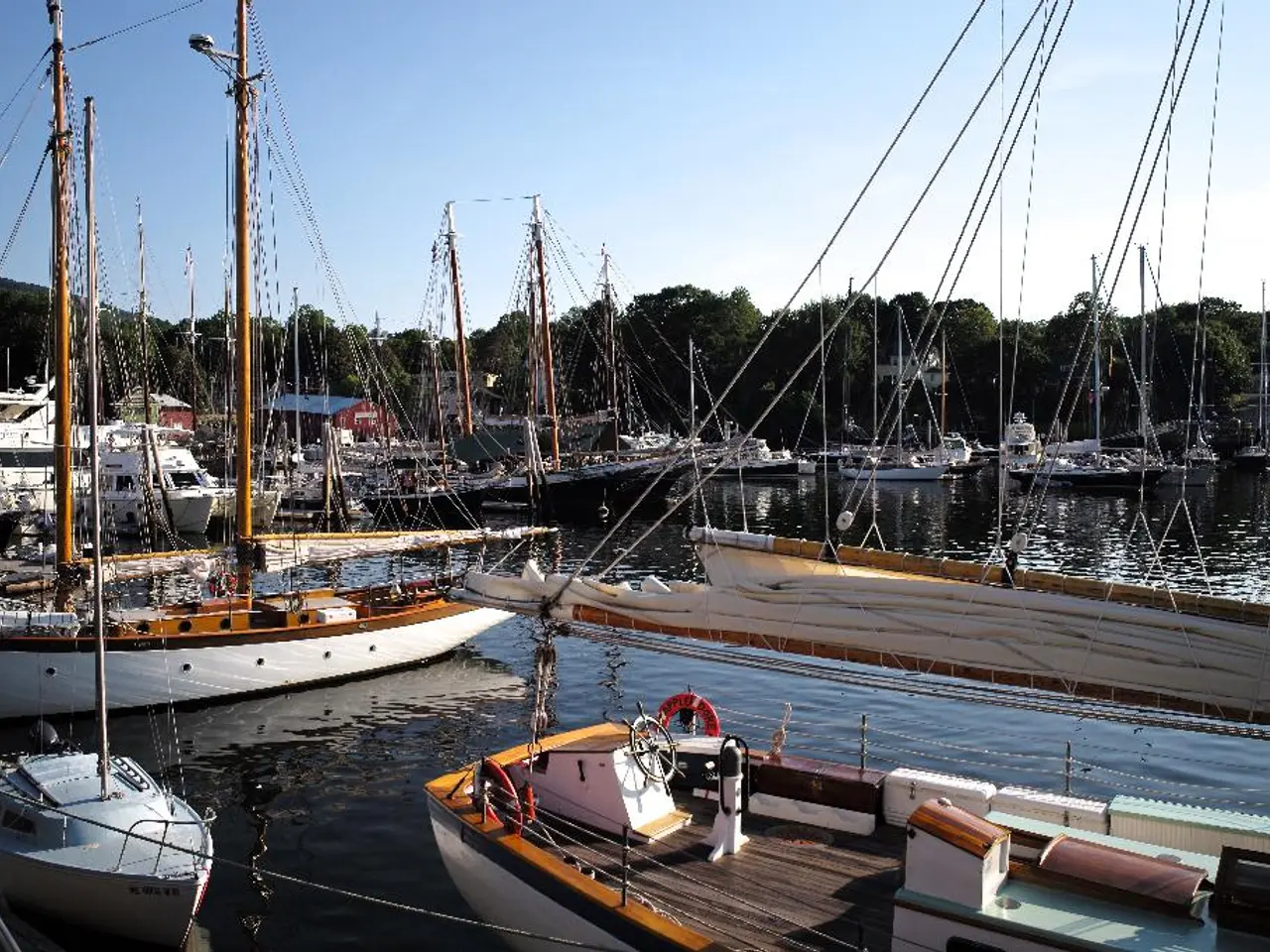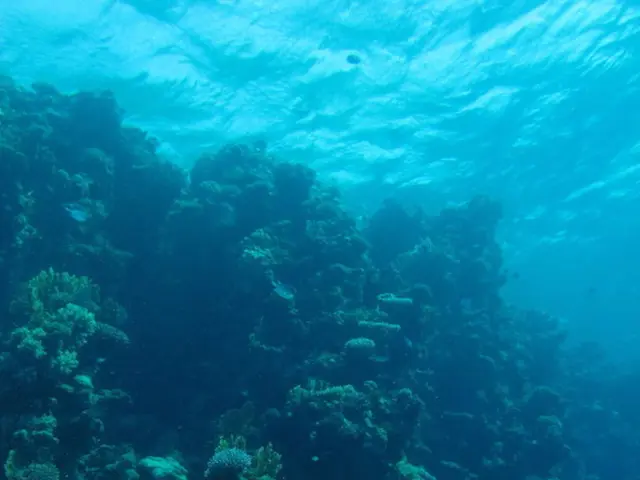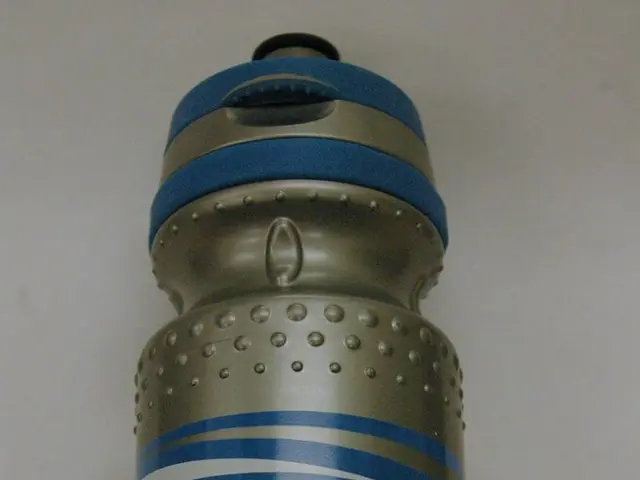Massive Cruise Ship Passenger Numbers Soar, Yet Their Environmental Impact Submerges Marine Life Ecosystems
The cruise industry, with its ever-growing number of passengers, has become a significant player in the global tourism market. However, this growth comes with a heavy environmental cost.
Many cruise ships, despite having treatment plants, still release substances like heavy metals and non-biodegradable chemicals into the sea. A single 3,000-passenger cruise ship can generate 176,400 gallons of wastewater in a week, contributing to the global fleet producing over 1,500 Olympic-sized pools of wastewater annually.
The discharge of blackwater and greywater promotes the proliferation of harmful algae and the formation of oxygen-depleted dead zones. This, in turn, affects coastal communities and marine life, leading to mass deaths of various species.
Bilge water, a byproduct of ship maintenance, forms oily layers that suffocate seabirds and have a detrimental impact on coastal communities. Much plastic and waste from cruises also end up in the sea, further poisoning marine life.
The emissions from cruise ships contribute to ocean acidification, reducing the capacity of ecosystems to absorb carbon. They also emit sulfur dioxide, with the 214 cruise ships operating in Europe in 2022 emitting more sulfur dioxide than all the cars in the continent combined.
The sulfur and nitrogen oxide released by cruise ships cause acid rain, damaging forests, rivers, and even historical monuments. The global warming potential of liquefied natural gas (LNG), often used as fuel, is 80 times higher than CO2 over 20 years.
Acoustic pollution from cruises interferes with the communication of dolphins, whales, and fish, causing disorientation, stress, and, in extreme cases, death. The density of cruise routes in protected areas of the Mediterranean and the Arctic coincides with corridors of noise-sensitive marine mammals.
The exponential growth of the cruise industry risks multiplying the pressure on already overexploited ecosystems. Organizations like Friends of the Earth insist that a sustainable cruise industry is achievable, but it requires binding commitments, not green marketing campaigns.
Experts and NGOs demand a transition towards green hydrogen and zero-emission fuels for the cruise industry. The International Maritime Organization (IMO), through its Marine Environment Protection Committee (MEPC 80), has demanded actual transitions from cruise ship operators, supported by progressive intermediate targets and public monitoring, aiming for zero greenhouse gas emissions by 2050.
Recent research shows that byproducts of ballast water disinfection can be more toxic than the disinfectants themselves. Acoustic masking, created by the constant noise of cruises, acts as an underwater fog that degrades the habitat of marine species.
The future of the cruise industry requires phasing out single-use plastics, investing in clean fuels, electrifying ports with renewable energy, and submitting to transparent emissions and discharge controls. With these changes, the cruise industry can sail towards a more sustainable future, preserving our oceans and marine life for generations to come.
Read also:
- Home Pest Control Methods with an Emphasis on Environmental Friendliness in the Year 2024
- LA Announces March Lineup for Their Site
- Construction company Newkirk Novak issued a Public Notice in relation to the Clean Water Act
- Guide on Water Chemistry Dosage: Understanding What, How Much, and When to Add!






